- 全部删除
 您的购物车当前为空
您的购物车当前为空
BCL2 Protein, Human, Recombinant (His)
BCL2 (B-cell leukemia/lymphoma 2, N-Histidine-tagged), also known as Bcl-2, belongs to the Bcl-2 family. Bcl-2 family proteins regulate and contribute to programmed cell death or apoptosis. It is a large protein family and all members contain at least one of four BH (bcl-2 homology) domains. Certain members such as Bcl-2, Bcl-xl and Mcl1 are anti-apoptotic, whilst others are pro-apoptotic. Most Bcl-2 family members contain a C-terminal transmembrane domain that functions to target these proteins to the outer mitochondrial and other intracellular membranes. It is expressed in a variety of tissues. BCL2 blocks the apoptotic death of some cells such as lymphocytes. It also regulates cell death by controlling the mitochondrial membrane permeability and inhibits caspase activity either by preventing the release of cytochrome c from the mitochondria and/or by binding to the apoptosis-activating factor. Constitutive expression of BCL2, such as in the case of translocation of BCL2 to Ig heavy chain locus, is thought to be the cause of follicular lymphoma. Two transcript variants, produced by alternate splicing, differ in their C-terminal ends.Cancer ImmunotherapyImmune CheckpointImmunotherapyTargeted Therapy
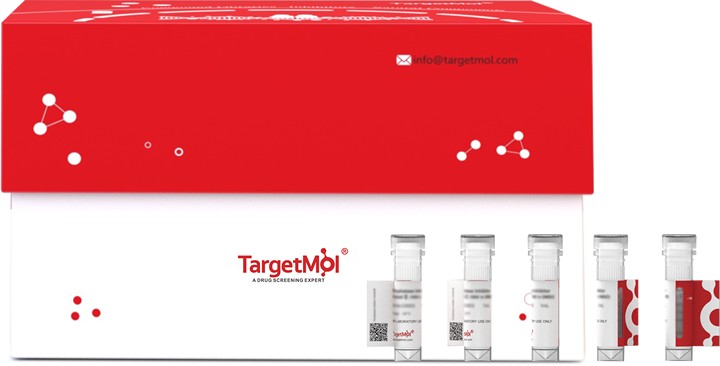
BCL2 Protein, Human, Recombinant (His)
| 规格 | 价格 | 库存 | 数量 |
|---|---|---|---|
| 5 μg | ¥ 429 | 6-8日内发货 | |
| 10 μg | ¥ 697 | 6-8日内发货 | |
| 20 μg | ¥ 1,150 | 5日内发货 | |
| 50 μg | ¥ 2,260 | 5日内发货 | |
| 100 μg | ¥ 3,820 | In stock | |
| 200 μg | ¥ 6,530 | 5日内发货 | |
| 500 μg | ¥ 13,200 | 5日内发货 |
产品信息
| 生物活性 | Measured by its binding ability in a functional ELISA. Immobilized human BCL2-His at 10 μg/ml (100 μl/well) can bind biotinylated mouse BCL2L1-His , The EC50 of biotinylated mouse BCL2L1-His is 0.07-0.15 μg/ml. 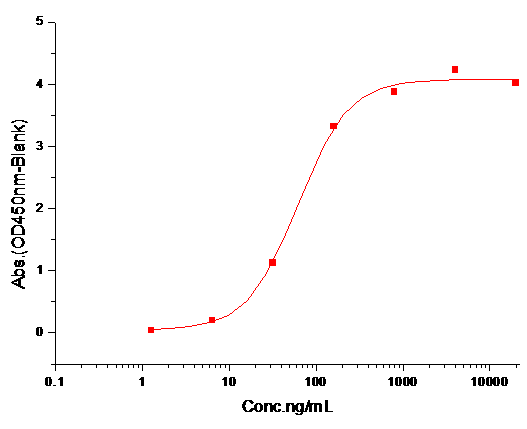 |
| 产品描述 | BCL2 (B-cell leukemia/lymphoma 2, N-Histidine-tagged), also known as Bcl-2, belongs to the Bcl-2 family. Bcl-2 family proteins regulate and contribute to programmed cell death or apoptosis. It is a large protein family and all members contain at least one of four BH (bcl-2 homology) domains. Certain members such as Bcl-2, Bcl-xl and Mcl1 are anti-apoptotic, whilst others are pro-apoptotic. Most Bcl-2 family members contain a C-terminal transmembrane domain that functions to target these proteins to the outer mitochondrial and other intracellular membranes. It is expressed in a variety of tissues. BCL2 blocks the apoptotic death of some cells such as lymphocytes. It also regulates cell death by controlling the mitochondrial membrane permeability and inhibits caspase activity either by preventing the release of cytochrome c from the mitochondria and/or by binding to the apoptosis-activating factor. Constitutive expression of BCL2, such as in the case of translocation of BCL2 to Ig heavy chain locus, is thought to be the cause of follicular lymphoma. Two transcript variants, produced by alternate splicing, differ in their C-terminal ends.Cancer ImmunotherapyImmune CheckpointImmunotherapyTargeted Therapy |
| 种属 | Human |
| 表达系统 | E. coli |
| 标签 | C-His |
| 蛋白编号 | P10415-1 |
| 别名 | PPP1R50,Bcl-2,B-cell CLL/lymphoma 2 |
| 蛋白构建 | A DNA sequence encoding the human BCL2 isoform 1 (P10415-1) (Met 1-Asp 211) was expressed, with a polyhistide tag at the C-terminus. Predicted N terminal: Met 1 |
| 蛋白纯度 | > 90 % as determined by SDS-PAGE  |
| 分子量 | 24.7 kDa (predicted) |
| 内毒素 | Please contact us for more information. |
| 缓冲液 | Supplied as sterile 50 mM Tris, 20% glycerol, 100 mM Arg, pH 8.5. |
| 复溶方法 | A Certificate of Analysis (CoA) containing reconstitution instructions is included with the products. Please refer to the CoA for detailed information. |
| 存储 | It is recommended to store the product under sterile conditions at -20°C to -80°C. Samples are stable for up to 12 months. Please avoid multiple freeze-thaw cycles and store products in aliquots. |
| 运输方式 | In general, Lyophilized powders are shipping with blue ice. Solutions are shipping with dry ice. |
| 研究背景 | BCL2 (B-cell leukemia/lymphoma 2, N-Histidine-tagged), also known as Bcl-2, belongs to the Bcl-2 family. Bcl-2 family proteins regulate and contribute to programmed cell death or apoptosis. It is a large protein family and all members contain at least one of four BH (bcl-2 homology) domains. Certain members such as Bcl-2, Bcl-xl and Mcl1 are anti-apoptotic, whilst others are pro-apoptotic. Most Bcl-2 family members contain a C-terminal transmembrane domain that functions to target these proteins to the outer mitochondrial and other intracellular membranes. It is expressed in a variety of tissues. BCL2 blocks the apoptotic death of some cells such as lymphocytes. It also regulates cell death by controlling the mitochondrial membrane permeability and inhibits caspase activity either by preventing the release of cytochrome c from the mitochondria and/or by binding to the apoptosis-activating factor. Constitutive expression of BCL2, such as in the case of translocation of BCL2 to Ig heavy chain locus, is thought to be the cause of follicular lymphoma. Two transcript variants, produced by alternate splicing, differ in their C-terminal ends.Cancer ImmunotherapyImmune CheckpointImmunotherapyTargeted Therapy |










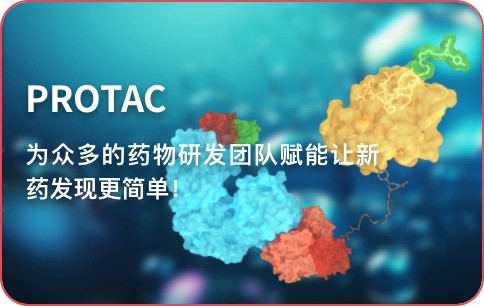






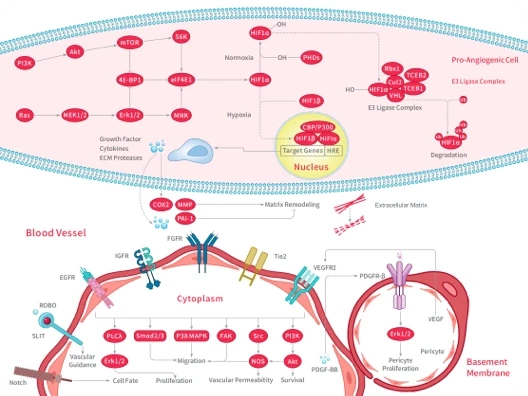
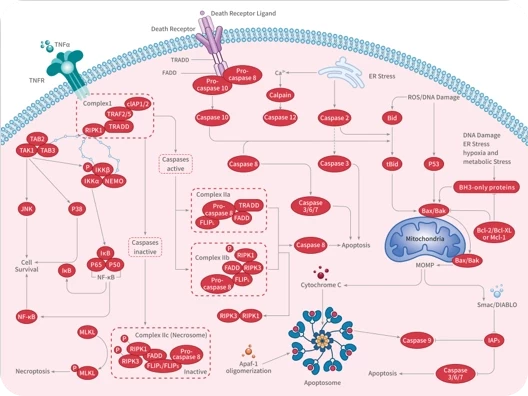
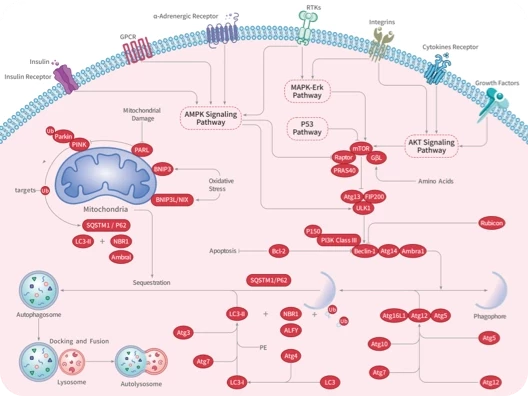


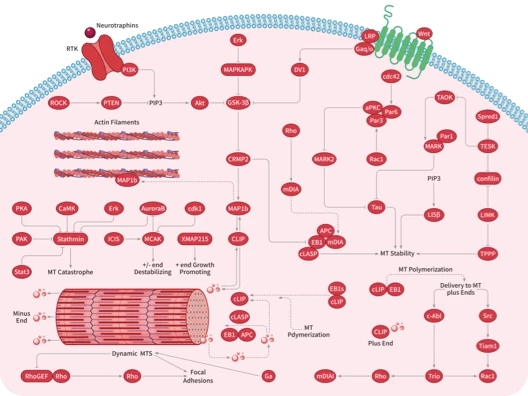
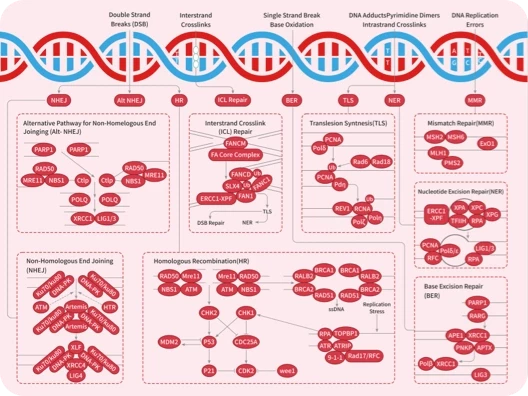

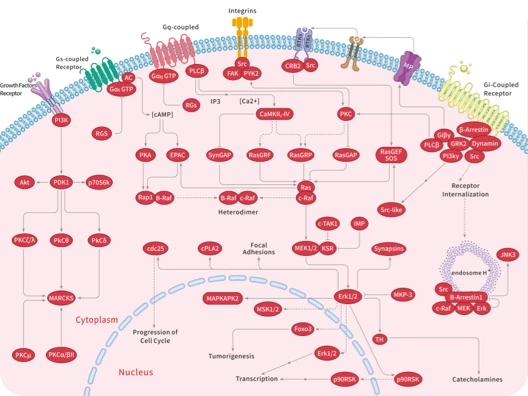
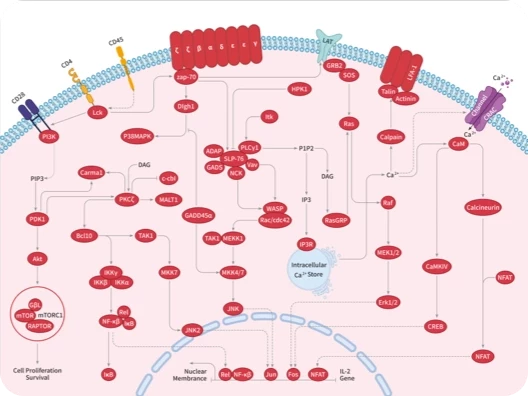
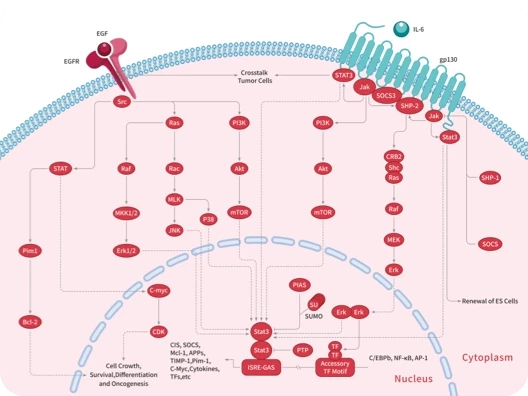
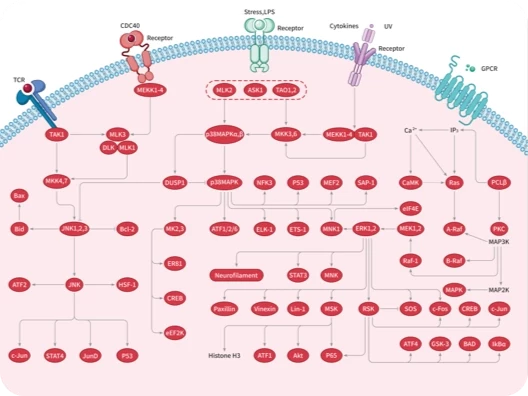


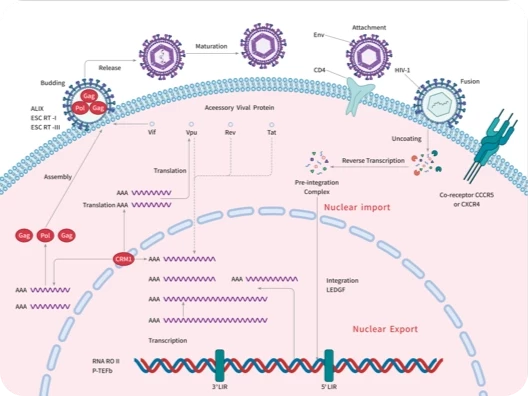

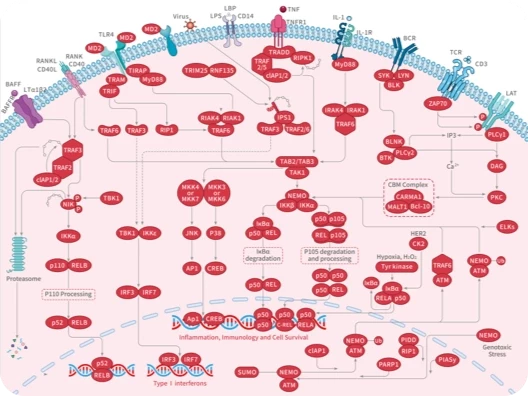
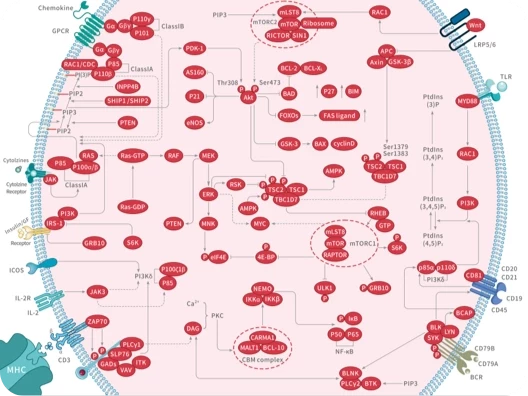
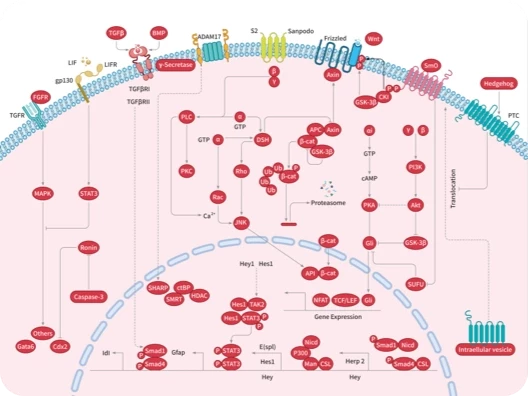

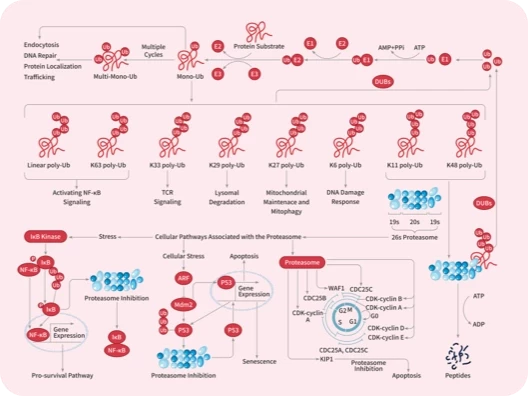


 |
|